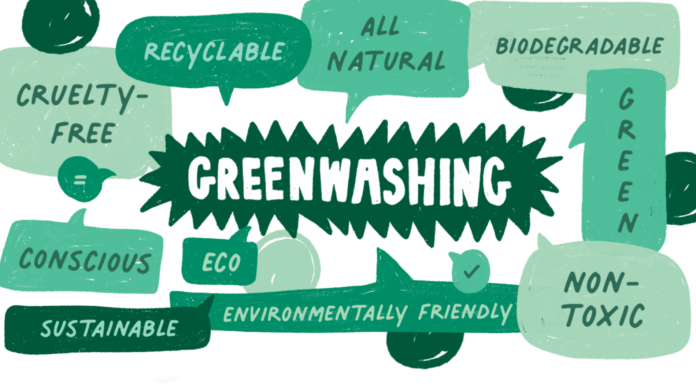The greenwashing conundrum makes marketers cautious. Consumers have become gradually conscious about their carbon footprint and its impact on our environment is led businesses to respond. Many brand conversations and new campaigns are increasing it seem to be inadequate action on this.
Many corporations do not nothing about their unsustainable production practices and perpetuate greenwashing to put environmental responsibility solely on consumers. However, many start-ups give priority to sustainability as a core operating principle through the emerging D2C segment in India. It does conscious consumers get what they expect from their buying seemingly “green” products.
In many cases, consumers didn’t get what they expect as green from commodities. This happened because of misrepresentation made by years of greenwashing. Nowadays, it accelerated through social media interventions across pollution day, environment day, earth day, etc. putting environmental responsibility in marketing reduces some ecological threats to the earth. The big polluter’s firms announce the share of voice these days with huge media budgets allocated for this very purpose.
Greenwashing has some identifiable things, commodities claim that their product is eco-friendly but it is hard to measure or quantify. Products use words like green, natural, and environment friendly with their product as a complementary visual presentation that represents the product’s ethical segment towards the environment. But without giving any tangible or meaningful manner they only copy and design tries to apply the sense of corporate social responsibility (CSR) towards the environment.
For marketers and consumers at large greenwashing poses many challenges towards consciousness about the environment. For starters, it misleads and uses deceptive tools to get benefit customers’ consciousness about genuine environmental issues. Also, it hashes the eco-friendly businesses which are bringing innovative and sustainable ways to the market. Eco-friendly businesses are now forced to compete with larger players that have not borne the budget of becoming more sustainable.
Consumers need to be aware of greenwashing practices of products and to be a right understanding of what is an eco-friendly product otherwise, they will fall into false claims about products which are made by the company about their product through advertisement and many PR activities.
Many consumers fall into the false claim made by the company for the environment-friendly product because consumers lack a view of how the product is produced and did not do full research on that product while buying.
Follow and connect with us on Facebook, LinkedIn & Twitter

